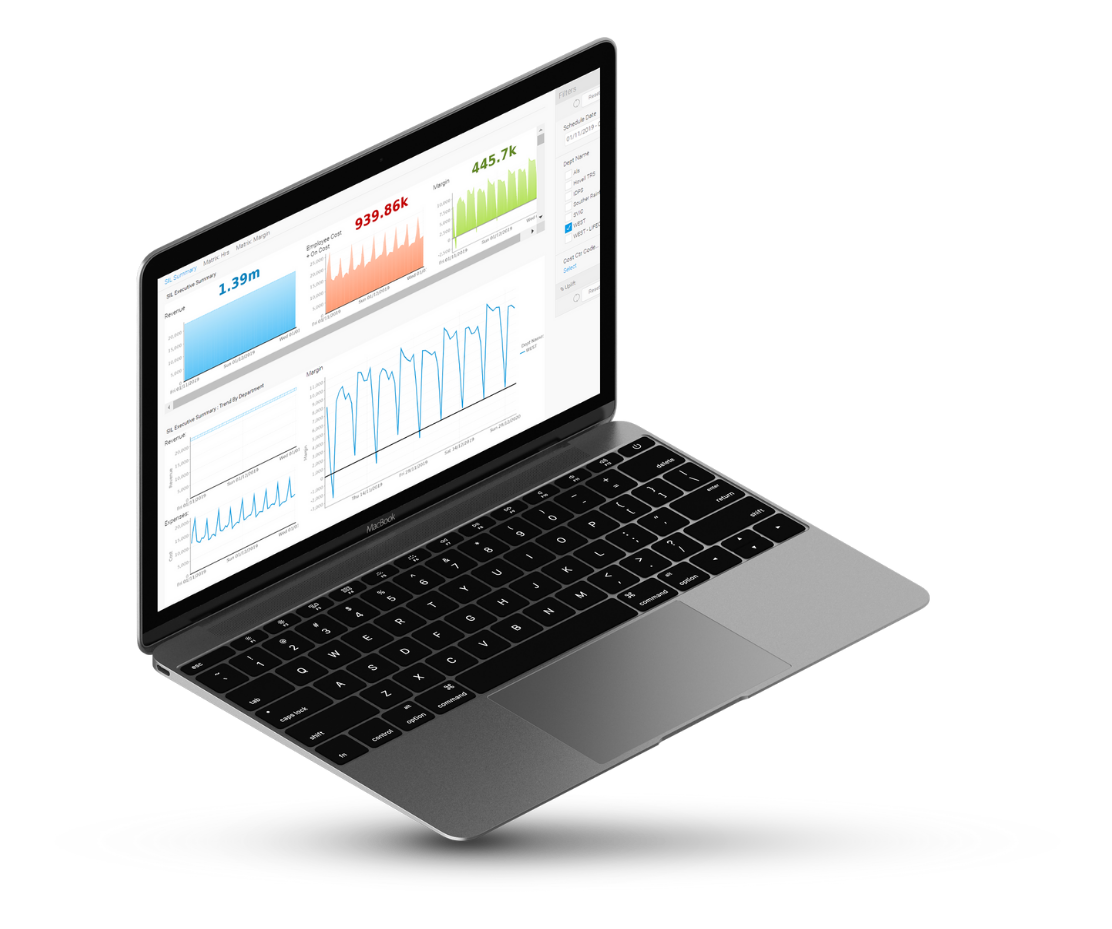In practical terms, it’s a system that allows us to combine many sources of data and present that data in a visual, easy to understand way. Why would BI be useful to an NDIS provider? Here are the top 5 reasons:
1. You have a LOT of systems
Case management, rostering, financial, incident register, CRM, various online portals, and spreadsheets everywhere.
The problems with having so many systems include:
None of the systems “talk to each other” – which means staff spend hours and hours compiling reports
Data is “locked away” in systems – you can enter the data, but there’s no functionality to retrieve the information, or in the form you want
As a result, everyone relies on spreadsheets to record information. It’s impossible to maintain version control, and requires constant updating as the data changes
There is no “one source of truth” – one department reports different figures to the other department and everyone seems to be on a different page
There’s no doubt all the different systems have a benefit and role to play. There is a much better way to manage and govern the data between all the different programs and users.
That’s where business intelligence comes in. BI allows reporting across different data sets so everything is presented in the same place.
Being able to access different data sets means opening up opportunity to automate reporting and create reports that were not feasible. Because BI feeds directly from the source of the data – the information is always up to date.
2. You need information now, not in weeks or months
Having the ability to stay on top of your billing and service delivery can make a huge impact to the bottom line. If you know in advance that a clients plan is coming up to expiry and that client has been under-serviced, you can proactively work towards ensuring everyone’s needs are met within the plan constraints of time and budget.
By being proactive you can help manage and prepare for situations faced by many providers such as funding care for a client who is between plans.
3. The burden of reporting
The administrative burden for NDIS payments and billing, along with other reporting places a massive strain on staff resources. In 2018 staff should not be manually producing reports that can be generated automatically. Not only is it a poor use of resources, it increases the chances for error in reporting and analysis.
Where possible, automated reporting frees up staff to focus on tasks which add value.
With margins on NDIS prices so poor, every way your team can be more efficient goes a long way.
4. NDIS Client management
There are so many factors that go into managing a client. Quoting, monitoring the plan expiry and value, reporting on progress and outcomes, tracking important events like incidents and ensuring customer satisfaction and service levels are met.
Often your software programs do not allow you to easily see at a glance what’s happening. Business intelligence reporting can allow you to see the high-level view and “drill through” to the details.
5. Data quality
Submitting bulk payments for processing can be very frustrating when there are errors.
Having to report across key data quality metrics allows your team to ensure that all the “gaps are filled” and all the “boxes are ticked”. Not only does this help with billing but also compliance and reporting: there is an adage – “what gets reported gets done”.
Summary
Business Intelligence isn’t another system you need to enter data into. It’s a platform that allows the information you do have to be used effectively.
In an environment where every efficiency counts, BI can go a long way to ensuring you keep your company and client journeys on track.




